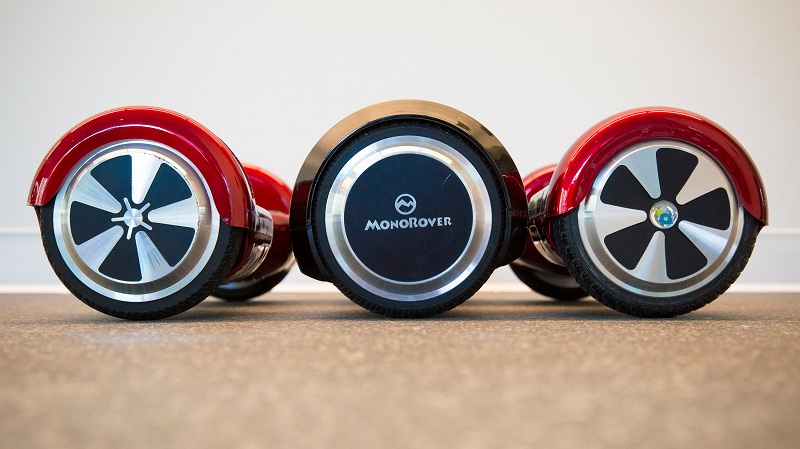Like many people, you’ve probably already heard of wholesale hoverboards catching fire, destroying property in the process and even injuring their riders. You might also have heard of Samsung Galaxy Note 7 smartphones exploding, scaring their owners and even causing burns and other minor injuries.
These incidents will make you wonder: which of these devices are more dangerous? Will you be safer when you buy the best hoverboard, or does it make more sense to get a Samsung phone?
Note 7 and Bad News
It’s safe to say that the Galaxy Note 7 has a great design; after all, this is a Samsung product we’re talking about, and the South Korean tech giant is known for its excellent smartphones, tablets, TVs, and other gadgets. The problem lies in the phone’s battery. Samsung has not specified exactly what was wrong, stating only that it was a “battery cell issue”.
Still, if you’re familiar with lithium ion batteries, you won’t be surprised that this has happened. Li-ion batteries have become a favorite among manufacturers because they have the ability to pack a large amount of energy in a small body. This special feature has allowed companies to produce gadgets and machines that are small in size but have high performance and can last for a long time — including smartphones.
However, lithium ion batteries are far from perfect. By nature, these energy cells are filled not just with lithium particles but also with flammable and highly volatile chemicals. If the batteries are poorly designed or improperly installed, they will produce heat that will ignite the chemicals and cause fire. This is also the case if the cells are abused or misused (e.g. overcharging). We can assume that the “battery cell issue” in the Samsung Galaxy Note 7 is related to either poor design or improper installation, or both.
Experts have also found out that, instead of getting third-party certification for the Galaxy Note 7, Samsung opted to self-certify to get the CE mark. Many people consider the CE mark as an indication that a certain product has gone through rigorous testing by an independent third-party organization but, in fact, it can be obtained by any company that does in-house testing. This self-certification process is understandable in small businesses that don’t have a lot of funds, but it makes us question why a large company like Samsung (which earns billions of dollars each year) decides not to invest in independent testing.
Hoverboard Headaches
Just like with the Galaxy Note 7 and other smartphones, lithium ion batteries are used to power self-balancing scooters. Whether you own a Lamborghini hoverboard or a cheaper model, you’ll definitely find a Li-ion battery underneath its hood. This is one of the reasons why so many smart balancing scooters have caught fire: their manufacturers have cut corners by using low-quality batteries and not spending enough time on designing a high-quality electrical systems. As a result, their batteries easily overheat and/or get damaged, and this results to the fires and explosions that have shocked many new smart balance scooter owners.
Self-balancing scooters can also be considered dangerous since their very nature requires users to maintain their balance and control a heavy device with just their feet. Many people have problems with finding their balance and, even if they can, they’ll still have to deal with carpets, sidewalk cracks, and other obstructions that can trip up even the best hoverboard. These, in turn, result to scrapes, sprained ankles, broken bones, and other injuries. However, these accidents can be prevented by taking the time to learn how to ride electric scooters and wearing protective gear.
Which Is More Dangerous?
Both smartphones and self-balancing scooters come with certain risks. It all boils down to the design: in terms of the Galaxy Note 7 and low-quality wholesale hoverboards from unscrupulous manufacturers, they both come with risks to consumers and must be considered dangerous.

